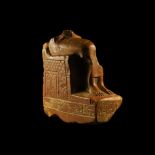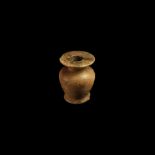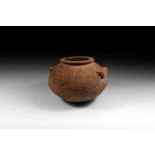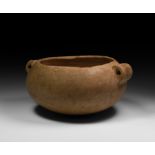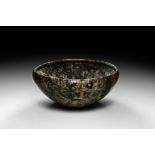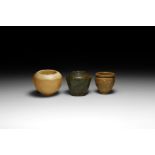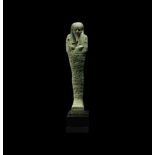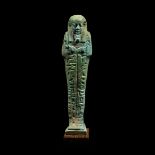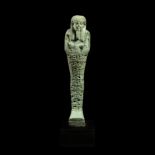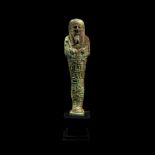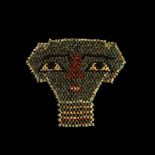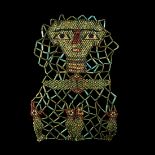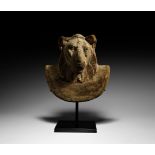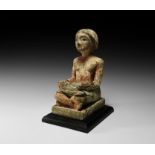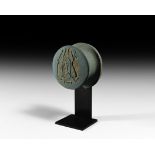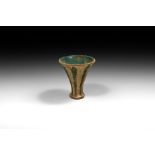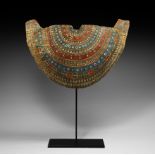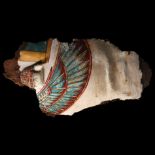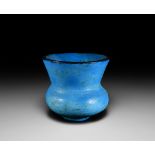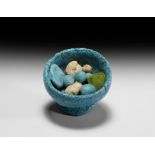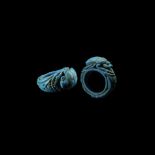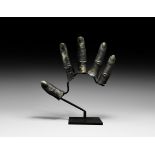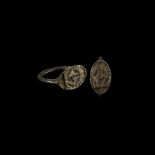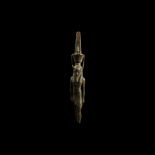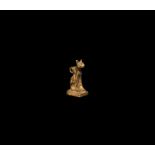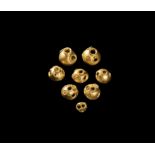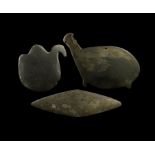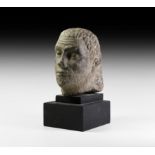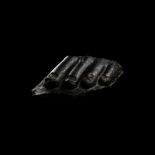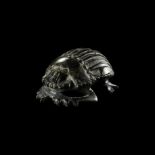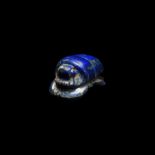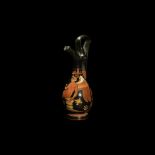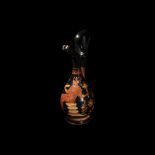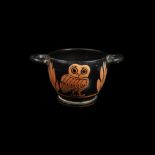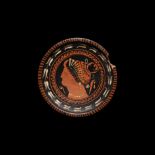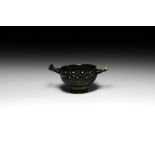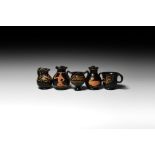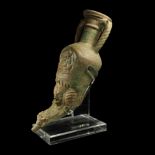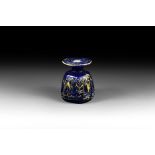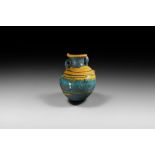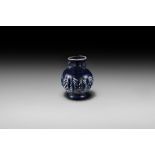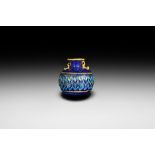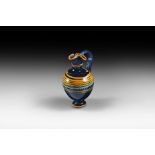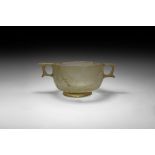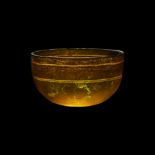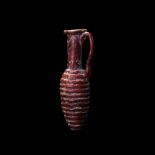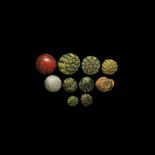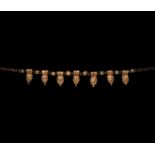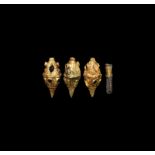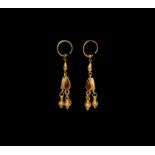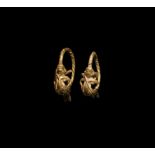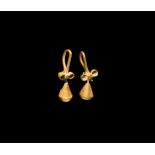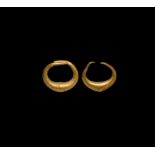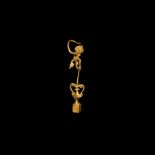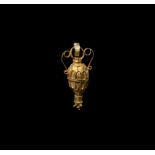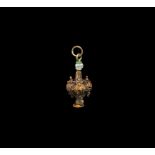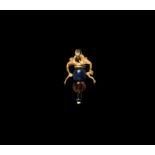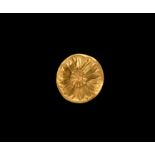Refine your search
Estimate
Category
- Jewellery (123)
- Arms, Armour & Militaria (84)
- Collectables (76)
- Sculpture (51)
- Ceramics (47)
- Chinese Works of Art (39)
- Greek, Roman, Egyptian & Other Antiquities (39)
- Metalware (30)
- Taxidermy & Natural History (25)
- Books & Periodicals (23)
- Salvage & Architectural Antiques (23)
- Glassware (16)
- Oil, Acrylic paintings & Mixed Media (12)
- Coins (11)
- Russian Works of Art (7)
- Vintage Fashion (7)
- Furniture (5)
- Islamic Works of Art (4)
- Textiles (4)
- Kitchenalia (3)
- Scientific Instruments (3)
- Watercolours (3)
- Indian Works of Art (2)
- Lighting (2)
- Stamps (2)
- Classic Cars, Motorcycles & Automobilia (1)
- Clocks (1)
- Ethnographica & Tribal Art (1)
- Japanese Works of Art (1)
- Models, Toys, Dolls & Games (1)
- Musical Instruments & Memorabilia (1)
- Silver & Silver-plated items (1)
- Sporting Memorabilia & Equipment (1)
- Watches & Watch accessories (1)
- List
- Grid
A subscription to the Price Guide is required to view results for auctions ten days or older. Click here for more information
Late Period, 664-332 BC. A carved limestone figure fragment of the seated goddess Isis, comprising the lower body and throne; the sides of the sea...
Late Period, 664-332 BC. A carved alabaster kohl jar with ovoid body, drilled tubular interior, off-set discoid foot and a wide flattened lip, wit...
Predynastic Period, Naqada IIB-C, 3500-3200 BC. A squat globular ceramic jar with broad string-hole handles to the shoulders, flat everted rim and...
Predynastic Period, 4th-3rd millennium BC. A squat, biconvex stone jar with inverted rim, two rectangular-section handles with circular longitudin...
Early Dynastic Period, 3000-2686 BC. A shallow granite bowl with gently sloping sides and inverted rim, possibly used for containing liquids. Cf. ...
Early Dynastic Period, 12th Dynasty, 3rd-2nd millennium BC. A mixed group of three miniature stone vessels comprising: one alabaster with rounded ...
26th Dynasty, 664-525 BC. A substantial light blue glazed composition shabti figurine belonging to a man named Nes-Ptah, a Sameref-priest and prop...
26th Dynasty, 664-525 BC. A substantial light blue glazed composition shabti figurine belonging to a man named Nes-Ptah, a Sameref-priest and prop...
Late Period, 664-332 BC. A turquoise glazed composition shabti with fine facial detailing, wearing a tripartite wig and plaited beard; the lower b...
Late Period, 664-332 BC. A pale blue shabti with finely modelled facial features, wig and beard; hands crossed, holding agricultural implements an...
Late Period, 664-332 BC. A pale green composition shabti with tripartite wig and false beard, holding agricultural tools, a hoe and a pick, in the...
Egyptian Bead mummy Mask
Ptolemaic Period, 332-30 BC. A restrung panel of small glazed composition beads in various colours representing a mummy face mask with false beard...
Ptolemaic Period, 332-30 BC. A restrung netted beadwork panel of ring-shaped and tubular glazed composition mummy beads in blues, greens, black, c...
Egyptian Head of Sekhmet
Late Period, 664-332 BC. A carved wooden plaque of the lioness-headed goddess Sekhmet facing, plaster-covered with stylised mane hanging in curved...
Middle Kingdom, 11th-12th Dynasty, 2134-1802 BC. A carved wooden figure of a scribe sitting cross-legged, with an unrolled papyrus scroll across h...
19th Dynasty, 1295-1186 BC. A superb round furniture fitting or pommel made of blue faience for King Ramesses II, the throne name (praenomen) of t...
Egyptian Lotus Flower Vessel
26th Dynasty-Ptolemaic Period, 664-30 BC. A composition vessel with lotiform body and shallow foot, circumferential leaf motifs expressed in alter...
Roman Period, mid 2nd century AD. A polychrome plaster mask of a curly-headed young male, with additional curls painted to the forehead in careful...
Egyptian Cartonnage Collar
Ptolemaic Period, 332-30 BC. A D-shaped cartonnage collar with bands of rosettes, triangles, teardrops and other motifs in white, red, blue and pa...
Egyptian Cartonnage Fragment
Ptolemaic Period, 332-30 BC. A portion of cartonnage mummy case with moulded detailing, painted with stylised wings of Isis(?) and hatched panels;...
Late New Kingdom, 1200-1070 BC. A substantial bright blue glazed faience cup with button-shaped base and spherical body with marked neck, painted ...
Late Ptolemaic-Roman Period, 100 BC–100 AD. A small glazed composition footed bowl containing nine symbolic food items including a gourd, two flat...
Late New Kingdom, 1200-1070 BC. A glazed composition finger ring with papyrus flowers to the shank and shoulders, bezel formed as a scarab beetle ...
Late Period, 664-332 BC. A full set of sheet-silver finger stalls for the right hand of an important mummy, the knuckles, cuticles and nails well ...
Late New Kingdom, 1200-1070 BC. A silver finger ring with scaphoid bezel depicting Horus the Child emerging from a lotus, flanked by two winged go...
Late-Ptolemaic Period, 664-30 BC. A bronze statuette of the god Nefertum modelled in the round in a striding position, hands clenched at his sides...
Egyptian Gold Cat Amulet
Third Intermediate Period, 1069-702 BC. A gold figure of a cat, Bastet, resting on a rectangular base, head erect with suspension loop behind the ...
6th-5th century BC. A group of eight hollow gold beads, decorated with granulation and filigree collars. See Marshall, F.H., Catalogue of the Jewe...
Naqada I-Early Naqada III, c.3800-3100 BC. A group of three stone palettes for grinding pigment, such as galena or malachite, comprising: an undec...
Ptolemaic Period, 332-30 BC. A carved black granite head of a male with realistic features, the oblong face showing several signs of age related t...
New Kingdom-Late Period, 1550-332 BC. A black granite fragment of a left foot, possibly from a seated statue, four elegantly carved elongated toes...
Late-Ptolemaic Period, 664-30 BC. A naturalistic black jasper funerary scarab, carved in the round with detailing to the head, carapace and legs; ...
Late-Ptolemaic Period, 664-30 BC. A carved lapis lazuli funerary scarab with detailing to head, legs and carapace, clypeus with six lobes, large h...
4th century BC. An Apulian red-figure oinochoe with ovoid body in orange clay, matte black paint, disc foot, decorated with a wave pattern on the ...
4th century BC. An Apulian red-figure oinochoe with ovoid body, in orange clay, matte black paint, disc foot, decorated with a wave pattern on the...
4th century BC. A red-figures skyphos, decorated on each side with an owl standing between two sprays of olive, the owl’s body shown in profile fa...
5th-4th century BC. An Apulian red-figure phiale, with ochre and white, decorated on the chipped edge by a series of parallel vertical dashes in b...
Gnathian Decorated Skyphos
4th century BC. A blackware skyphos with carinated body and two handles with tapering arms leaving the body, bridged by an integral loop, high ogi...
4th-3rd century BC. A mixed group of miniature blackware ceramic vessels of Magna Graecian (Apulian) workmanship, comprising: a kantharos with car...
2nd century AD. A turquoise-glazed rhyton formed as a conical amphora with a cylindrical neck flanked by twisted zoocephalic handles; the curved b...
Late 4th-early 3rd century BC. A squat core-formed glass alabastron with yellow trailing to the flange rim, dragged trails to the body in a herrin...
Late 6th-5th century BC. A core-formed pale blue glass aryballos with yellow trailing to the rim and shoulder, turquoise to the body, applied loop...
5th century BC. A blue core-formed footed glass aryballos with white trailing to the flange rim and body; the body with vertical impressed ribbing...
6th-5th century BC. A core-formed cobalt blue aryballos, squat in profile with yellow trailing to the rim and shoulder, turquoise waves to the bod...
Mid 4th-early 3rd century BC. A core-formed glass aryballos with small foot, pinched triangular flange rim, strap handle; yellow and blue trailing...
Greek Cut Glass Skyphos
3rd-1st century BC. A clear glass skyphos with bulbous carinated body, integral ring handles formed between projecting plates, the upper with a fo...
Hellenistic Amber Glass Bowl
3rd-1st century BC. An amber-coloured hemispherical glass bowl with circumferential rotary grinding marks on the interior, shallow kick-up to base...
Greek Ribbed Glass Vessel
5th-3rd century BC. A dark crimson glass vessel with slender neck and turned rim, strap handle, ribbed bulb. 43.7 grams, 10.9cm (4 1/4"). Propert...
1st century BC-4th century AD. A mixed group of domed circular, mainly millefiori type glass inlays. 53 grams total, 15-29mm (1/2 - 1"). Property...
5th-2nd century BC. A gilt silver and garnet necklace comprising graduated garnet beads, spherical gilt beads decorated with applied wire floral m...
3rd-1st century BC. A group of three large gold amphora-shaped pendants; bodies composed of hollow-formed spheres decorated with granulated coils;...
2nd century BC. A pair of gold earrings, each with a round-section penannular hoop, piriform link, tripartite pendant body composed of three teard...
Greek Gold Eros Earring Pair
5th-3rd century BC. A matched pair of gold earrings, each a twisted suspension hoop attached a nude figure of Eros with small dorsal wings. Cf. Ma...
Greek Gold Earring Pair
5th-3rd century BC. A matched pair of gold earrings, each a wire hook with bulb finial and flanking lobes. 2.19 grams total, 22-24mm (1"). Former...
5th-3rd century BC. A matched pair of gold earrings, each a penannular loop with tapering ends. 3.59 grams total, 12mm each (1/2"). Formerly in t...
2nd-1st century BC. A gold earring with open hoop, composed of a nude female figure standing on a cuboidal plinth, with dressed hair and large dis...
2nd-1st century BC. A gold pendant formed as a miniature amphora with piriform body, scrolled arms and applied filigree detailing, granule cluster...
2nd-1st century BC. A gold pendant formed as a tubular shank and four radiating bulbs all decorated with applied filigree and granules, glass and ...
4th century BC. A gold pendant in the form of two dolphins supporting the suspension ring surmounting four tubular and barrel-shaped glass beads o...
5th-3rd century BC. A sheet-gold disc mount with repoussé lotus-flower detailing, two attachment straps to the reverse. 9.28 grams, 37mm (1 1/2")...

